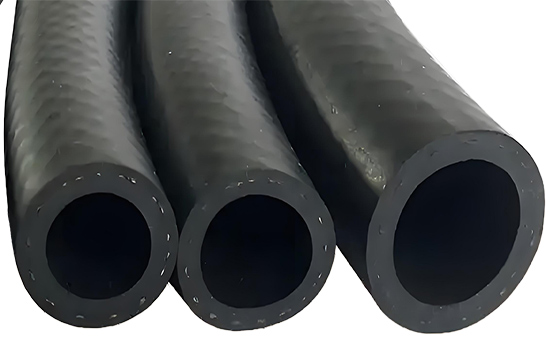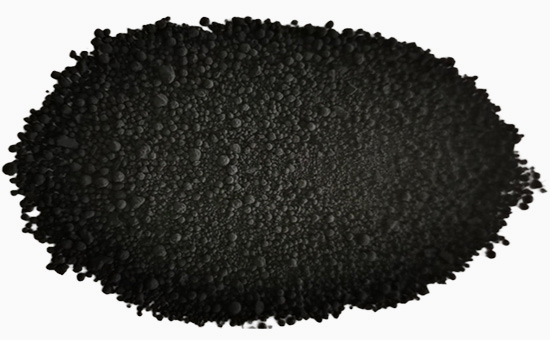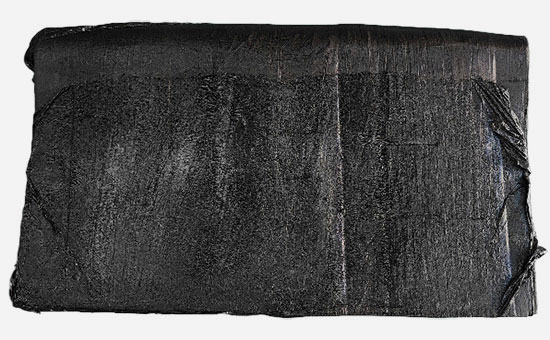
Oil-resistant rubber hoses are primarily used for transporting oil-based media. The inner layer of the rubber comes into direct contact with the conveyed medium, requiring the rubber material to have excellent oil resistance, swell resistance, as well as good elasticity, softness, aging resistance, and adhesion. They are generally made from mainly nitrile rubber and neoprene, with an appropriate amount of reclaimed rubber added to reduce material costs while ensuring the performance of the inner layer of the oil-resistant rubber hose.
1. Design Techniques for Formulating Oil-Resistant Inner Layer Rubber for Hoses Using Nitrile Rubber/Chloroprene Rubber/Reclaimed Rubber in Combination
(1) Choice of Rubber Materials
Nitrile rubber has excellent oil resistance, abrasion resistance, and aging resistance. The higher the acrylonitrile content, the better the oil resistance, making it an ideal material for producing the inner layer rubber of oil-resistant hoses. Combining chloroprene rubber with nitrile rubber can further improve the ozone resistance and aging resistance of oil-resistant hoses. Reclaimed nitrile rubber retains the basic performance characteristics of nitrile rubber and has good compatibility with it, allowing it to be used alone or in combination with virgin nitrile rubber to prepare the inner layer rubber of oil-resistant hoses. Additionally, some inner layer rubber for hoses primarily made from nitrile rubber can include an appropriate amount of tire reclaim rubber to further reduce costs.

(2) Choice of Rubber Additives
When producing oil-resistant rubber hoses with the inner layer rubber made from a blend of nitrile rubber, chloroprene rubber, and reclaimed rubber, high abrasion-resistant carbon black (such as N330) is commonly used for reinforcement. If necessary, it can be combined with regular carbon black (such as N660) or semi-reinforcing carbon black (such as N774) to provide the inner layer rubber of the oil-resistant hose with good mechanical strength and wear resistance, as well as good processing performance. Inorganic fillers such as lightweight calcium carbonate, kaolin, and high clay can be used for filling to reduce costs while improving the flexibility and processing performance of the rubber material.
Common softeners and plasticizers used for the inner rubber layer of oil-resistant hoses made from nitrile rubber/chloroprene rubber/reclaimed rubber include dibutyl phthalate, heavy oil, engine oil, and pine tar. When determining the type and dosage of plasticizer E5LYY514, its impact on the oil resistance of the rubber material needs to be considered. An antioxidant system composed of antioxidant A, antioxidant D, and antioxidant 4010NA, combined with a small amount of paraffin, can further enhance the aging resistance of the inner rubber layer of oil-resistant hoses.

2. Formulation of oil-resistant inner rubber layer for hoses using a blend of nitrile rubber/chloroprene rubber/regenerated rubber.
Chloroprene rubber 50 parts, nitrile rubber 35 parts, reclaimed rubber 15 parts, zinc oxide 3.5 parts, stearic acid 1.5 parts, magnesium oxide 2.5 parts, antioxidant A 0.8 parts, antioxidant D 1.2 parts, paraffin 1 part, carbon black N330 35 parts, lightweight calcium carbonate 60 parts, dibutyl phthalate 9.5 parts, heavy oil 5 parts, asphalt 6.5 parts, gum rosin 6.5 parts, accelerator DM 2 parts; total 235 parts.
Nitrile rubber 50 parts, chloroprene rubber 35 parts, reclaimed rubber 15 parts, zinc oxide 3.5 parts, stearic acid 1.5 parts, magnesium oxide 2.5 parts, antioxidant A 0.8 parts, antioxidant D 1.2 parts, paraffin 1 part, carbon black 35 parts, lightweight calcium carbonate 60 parts, phthalic anhydride 9.5 parts, three-line oil 5 parts, gum rosin 6.5 parts, asphalt 6.5 parts, sulfur 2 parts; total 235 parts.
Nitrile rubber 45 parts, chloroprene rubber 20 parts, reclaimed rubber 35 parts, zinc oxide 3.5 parts, magnesium oxide 1.3 parts, stearic acid 1 part, antioxidant A 1 part, antioxidant D 0.5 parts, carbon black N330 20 parts, carbon black N660 7 parts, lightweight calcium carbonate 22 parts, clay 16 parts, dibutyl phthalate 5.3 parts, motor oil 3.5 parts, asphalt 4 parts, gum rosin 7 parts, accelerator DM 1.2 parts, accelerator CZ 0.2 parts, sulfur 0.35 parts, phthalic anhydride 0.65 parts; total 194.5 parts.

In the formula for the inner layer rubber of oil-resistant hoses made primarily of nitrile rubber and chloroprene rubber, the rational use of reclaimed rubber can not only reduce the raw material costs but also improve the processing performance of the rubber, thereby lowering production energy consumption. In actual production, reclaimed rubber can also be moderately blended into the outer layer of oil-resistant hoses, cloth rubber, and other areas. I will discuss related issues with you later.
Exclusive original article [commercial authorization] reprint, excerpt and excerpt in any form are prohibited without written authorization. Focus on Hongyun rubber: learn the process formula and raw material technology of producing rubber products from recycled rubber to help you reduce costs and increase profits